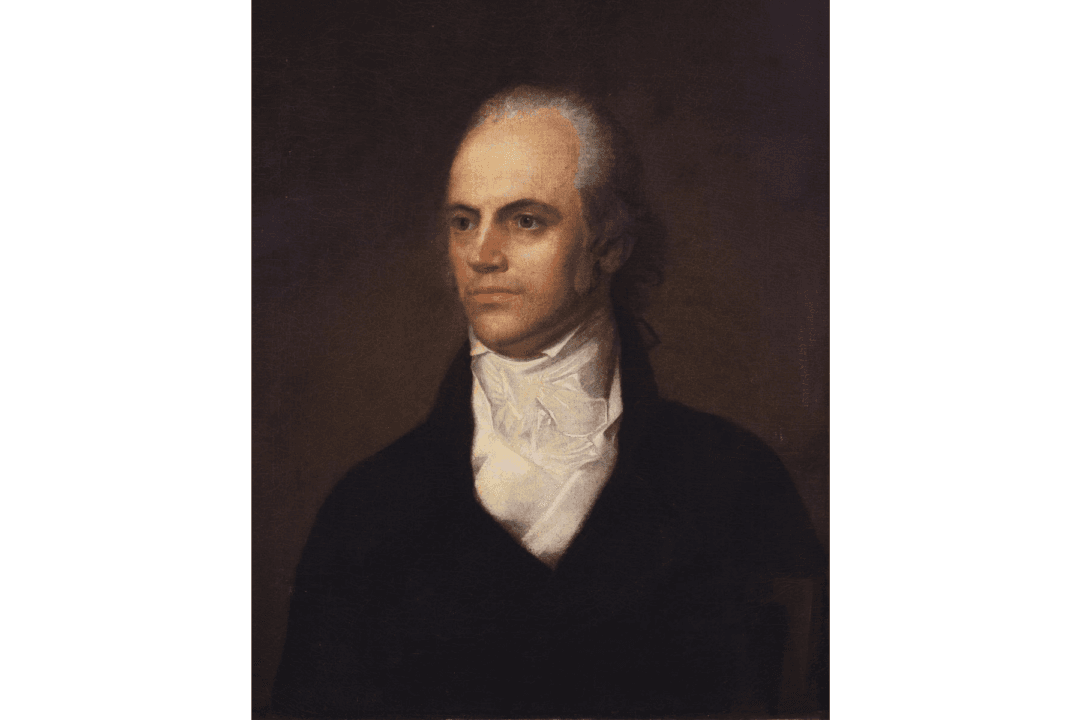If you are planning a vacation to France, you can take its history with you in your carry-on. In fact, for ladies, you can put it in your purse. Whether or not you are actually planning to visit France or simply wish to learn about its history in a very timely manner, Colin Jones’s recent “The Shortest History of France: From Roman Gaul to Revolution and Cultural Radiance—A Global Story for Our Times” is an ideal work.
Around 300 pages, Jones has stuffed approximately 2,000 years of history into a readable, insightful, and entertaining book. Perhaps “stuffed” is not the correct term, because it is not stuffy, nor do the topics feel squashed together. Amazingly, the historical eras—from the reign of Clovis and the rise of the Franks to the military and ideological struggle between French Christendom and the surge of Islam to the Revolutionary and Napoleonic times to the modern era of the 20th and 21st centuries—flow quite seamlessly from one to the other.
The author discusses in his introduction the idea of France as a melting pot of ideas, cultures, and people. He then proceeds to demonstrate how exactly, over the millennia, the country became such. It was not always a clash of arms or the introduction of ideas through its philosophers and kings that caused France to change, but, as Jones indicates early on, the climatic changes and spread of diseases often forced the country to change and adjust.
War and Religion

As aforementioned, religion played a hugely significant role in the birth and growth of France, specifically Christianity. As is necessary for the history of France, Jones weaves the importance of religion throughout the narrative. From the defeat of the Umayyad army at Tours to convincing the Vikings to convert to Christianity to the religious wars between the Catholics and Protestants during the 16th century to the overthrow and restoration of Catholicism in the 19th century, religion rightfully has its place in “The Shortest History of France.”
Exceptional Writing and Design
Jones covers so much, including cultural items, such as the philosophies of the French Enlightenment and the landscape altering artistic creations. Through all of these subjects, the author remains balanced. He does not follow the rather French style of going to extremes. “The Shortest History of France” presents history as it should be presented, in a dispassionate, though highly entertaining way. Certainly, for the many centuries it covers, one would expect to breeze through the years with each page, but that doesn’t always account for a quick and easy read. Jones accomplishes this by making his book consistently fascinating, proving why he, although a Brit, is one of the leading scholars on French history.Additionally, the design team for the book should be commended. The maps and graphics are clear and very helpful, making the read even more impactful. The use of photos throughout was also a nice touch. It is obvious the designers have become well-versed in the organization of such a book, as there are 20 “Shortest” works thus far by The Experiment Publishing. If “The Shortest History of France” is any indication, then one can only assume they are all worth reading. It certainly appears to be the “shortest” way to get more knowledgeable about many historical subjects.









